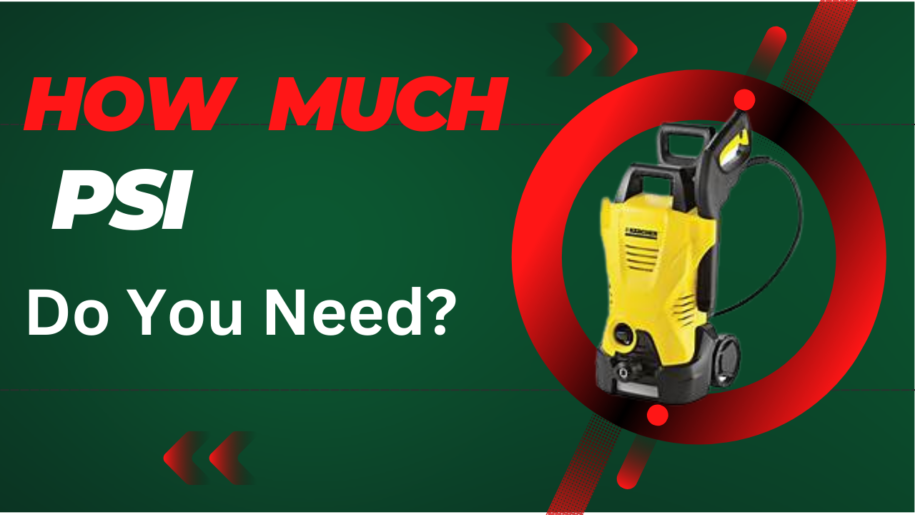
If you’ve gazed upon the satisfying sight of a glinting, clean surface after wielding a pressure washer, you know the allure of this powerful tool. The hiss of water rushing through the nozzle, tackling dirt like a bold knight charging into battle, can turn the most arduous cleaning tasks into quick, satisfying victories. But before you take aim and squeeze that trigger, there’s a critical figure you need to lock in – PSI, or pounds per square inch.
In the world of pressure washers, PSI is the bedrock upon which cleaning power stands. For homeowners and gardeners venturing into the world of high-pressure cleaning, understanding how much PSI you need is the first step in harnessing this technology to its fullest potential.
What is PSI, and Why Does It Matter?
PSI is the measure of force that a surface is subjected to per square inch. When it comes to cleaning with water, high PSI equals greater pressure, meaning it can blast away grime with more force. But “more” isn’t always better; the key is to find the sweet spot for PSI based on what you need to clean.
Low-Pressure (Less than 2000 PSI): This category is ideal for light-duty applications such as washing cars, outdoor furniture, and siding.
Medium-Pressure (Between 2000 and 2800 PSI): Here, we’re talking about more powerful washers that can handle tougher jobs like cleaning driveways and decks.
High-Pressure (Over 2800 PSI): Reserved for heavy-duty tasks, these pressure washers can strip paint, clean concrete, and even etch stone when used with extreme care.
Tailoring Your PSI to the Task at Hand
It’s a balancing act. If your pressure is too low, stubborn grime might just smirk at your efforts. Too high, and you might find yourself accidentally removing the paint from the mailbox along with the mold. To find the right PSI for the job, consider the following common cleaning tasks:
Low-Pressure Tasks
- Detailing Cars
When washing your car, using high-pressure water can dent the body or peel off paint. A soft touch is required here, with a pressure washer that stays under the 2000 PSI mark.
- Cleaning Lawn Equipment
Think mowers, saws, and trimmers. These delicate machines need a gentle but effective clean, which a low-pressure washer can provide without causing damage to the important working parts.
Medium-Pressure Tasks
- Refreshing Wood Decks
With a medium-pressure washer, you can revive your deck’s original splendor without fear of damaging the wood. The higher PSI will ensure it can lift mildew and dirt without needing to be too close to the surface, thus averting potential damage.
- Driveway Duty
Concrete is durable, but it still needs a good blast to get deep-set stains out. Here, a higher PSI is necessary, but you’ll still want to avoid the upper echelons of pressure to prevent creating divots in the driveway.
High-Pressure Tasks
- Industrial-Grade Cleaning
For the heavy-duty jobs, such as stripping paint, or preparing surfaces for repainting or sealing, nothing less than a high-pressure washer will do.
The Fine Art of Adjusting PSI
Some pressure washers come with adjustable PSI settings, giving you more control over the water force. This is particularly handy for tasks where you may need to switch from surfaces that can handle high pressure to those that require a more gentle touch.
Modern pressure washers often offer a range of nozzles, each designed for different cleaning tasks, and each comes with a recommended PSI level. These can allow for fine adjustments, but always start with the nozzle that provides the least amount of pressure and work your way up as needed.
PSI and Water Flow – Partners in Cleaning
While PSI reigns, water flow (measured in gallons per minute, or GPM) is the right-hand to its power washing throne. A fine balance between PSI and GPM ensures you’re not just moving dirt but actually washing it to ensure a thorough clean. A higher GPM means more water, which can carry away more dirt, but it also uses more water. Be conscious of your water usage and aim for efficiency while meeting cleaning requirements.
The Environmental PSI – Responsible Pressure Washing
High-pressure washing can be incredibly efficient at cleaning, but it also has the potential to harm the environment. The chemicals you use and the water runoff, especially from high-PSI washers, can carry pollutants into the water system. Always use biodegradable and safe detergents, and consider using sand-based or other non-toxic fillers if you’re cleaning in an area sensitive to runoff.
Additionally, be aware of any local water restrictions or regulations. The sheer force of high-PSI water can mean you’re using more than your fair share. Always be a responsible cleaner.
The Way Ahead – Deciding on a Pressure Washer
If you’re in the market for a pressure washer, consider your needs first. A homeowner dealing with light chores may not require the same machine that a seasoned professional uses for daily grime-busting. Look for a pressure washer with solid reviews that details its PSI, GPM, nozzle options, and bonus points if it offers adjustable settings. It’s an investment in efficient cleaning that, when used right, can save you time and effort in maintaining your space.
In conclusion, PSI is not just a number but a guide that can unlock the full potential of your pressure washer. It’s about matching the power of your cleaner with the delicacy or might needed for the tasks at hand. It’s the difference between an effective clean and one that could use more oomph – or a bit more restraint. By understanding how PSI impacts your cleaning, you’re not just turning the dial on a machine—you’re dialing in on the art of pressure washing.
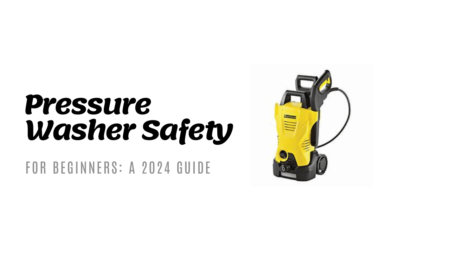
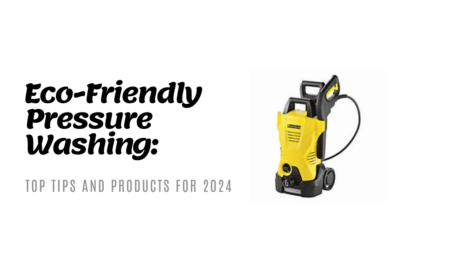
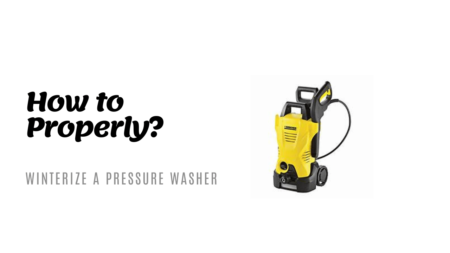
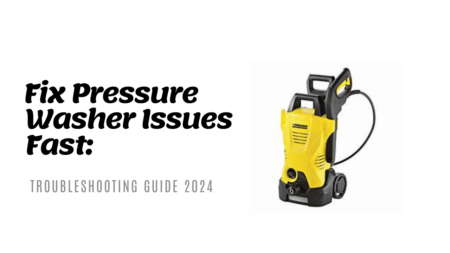
![Pressure Washing Regulations: What You Need to Know [Updated 2024]](https://pressurwasher.com/wp-content/uploads/2024/05/Minimalist-Tutorial-Event-YouTube-Thumbnail-2024-05-31T224409.854-450x253.png)
![Ultimate Guide to Pressure Washer Maintenance [2024 Edition]](https://pressurwasher.com/wp-content/uploads/2024/05/Minimalist-Tutorial-Event-YouTube-Thumbnail-2024-05-30T230638.695-450x253.png)